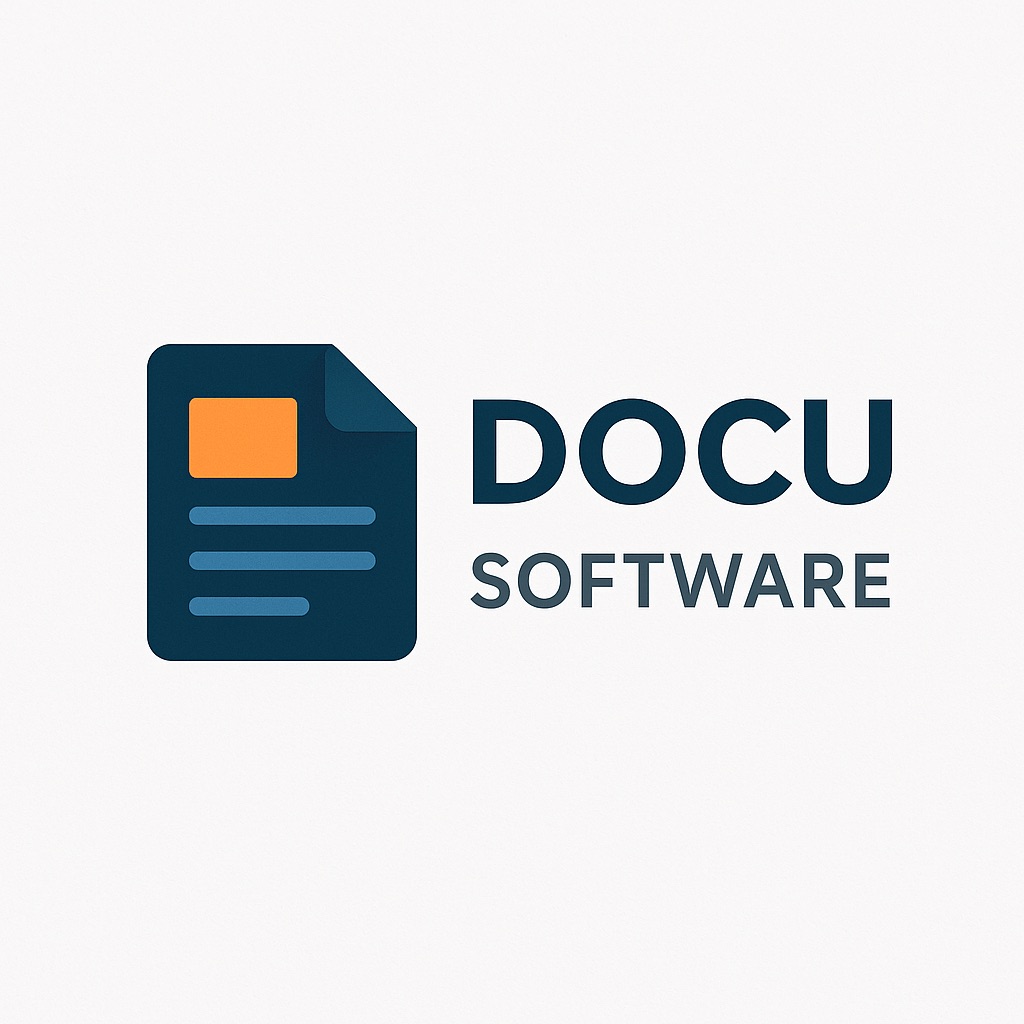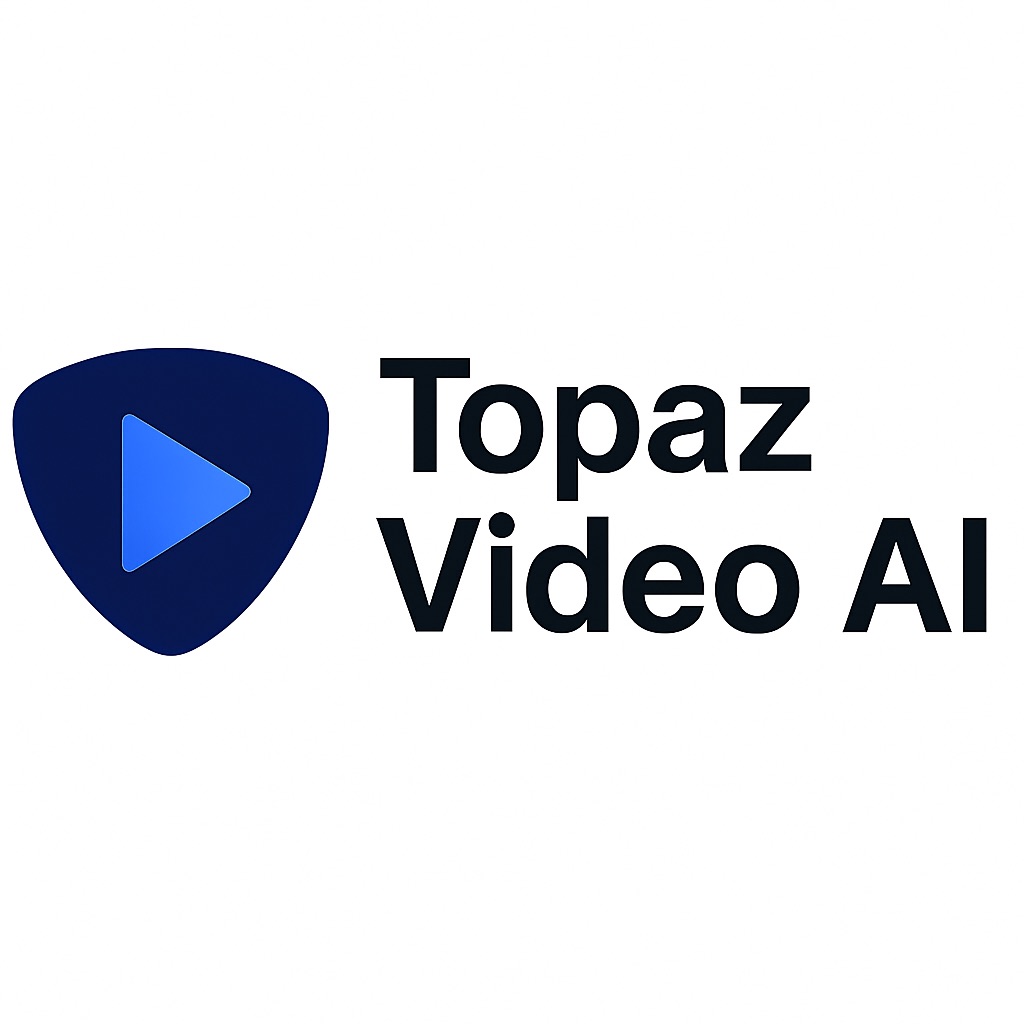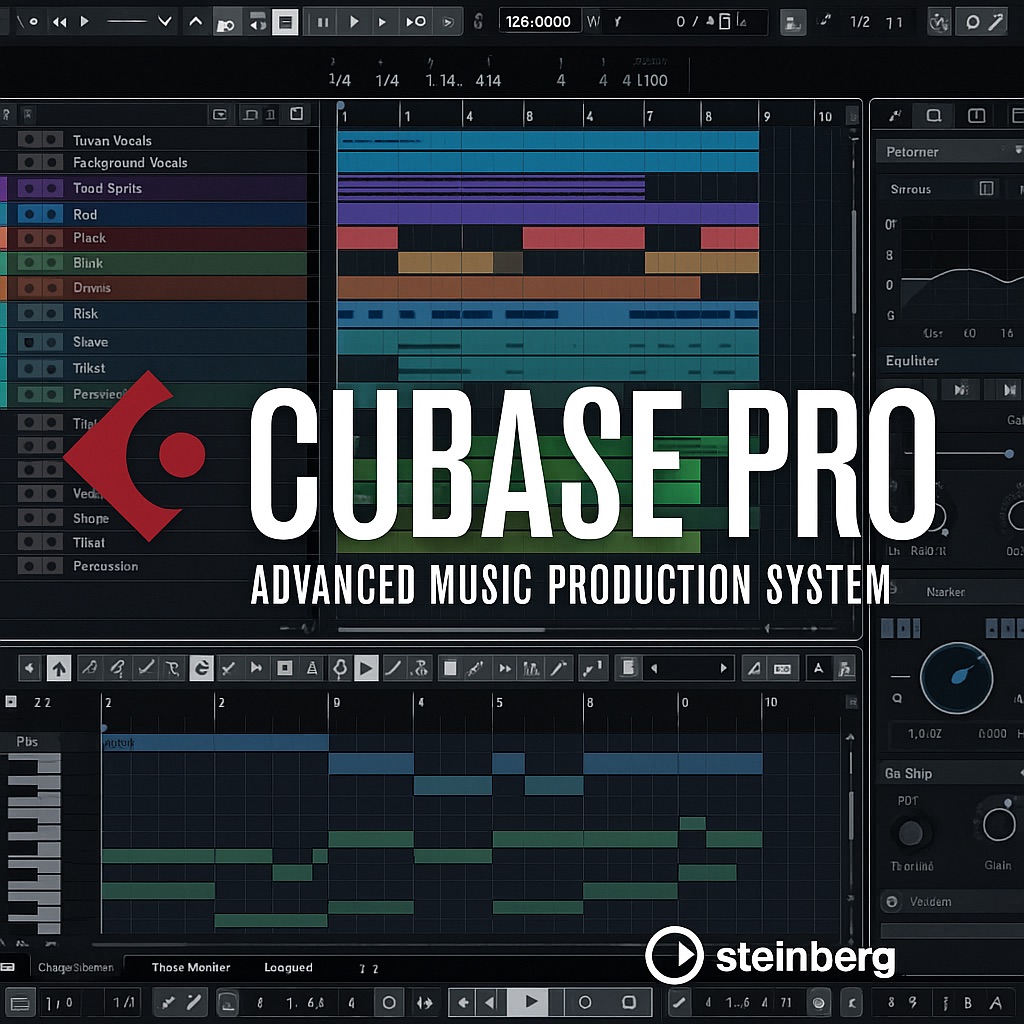Topaz Video AI Crack
Imagine finding a genie lamp that promises to transform your grainy 480p home videos into crystal-clear 4K masterpieces. Now imagine that genie charges $299, requires a gaming PC to summon, and occasionally turns your precious memories into psychedelic fever dreams. Welcome to the bewildering world of Topaz Video AI, where cutting-edge technology collides with reality in spectacular fashion.

The Algorithmic Alchemy of Modern Video Enhancement
Topaz Video AI crack positions itself as the philosopher’s stone of video processing — capable of transmuting digital lead into visual gold. The marketing material reads like science fiction: “Transform your videos with the power of AI!” “Upscale to 4K with unprecedented quality!” “Remove grain while preserving details!” It’s enough to make any video enthusiast reach for their credit card. But hold that financial horses, dear reader, because this journey requires careful navigation.
The software emerged from Topaz Labs’ photography enhancement tools, riding the AI hype train with the confidence of a Silicon Valley startup pitch. Unlike traditional video upscaling software that simply interpolates pixels like a mathematical paint-by-numbers kit, Topaz Video AI claims to understand video content at a deeper level. It’s analyzing motion, recognizing patterns, reconstructing details that arguably never existed. Fascinating? Absolutely. Foolproof? Well…
Here’s where things get philosophically interesting: Topaz Video AI isn’t just enhancing your videos — it’s essentially hallucinating new pixels based on its training. That face in your old family video? The AI is making educated guesses about what it should look like. Sometimes brilliant. Sometimes terrifying. Always expensive.
Dissecting the Digital DNA: Core Features
The Enhancement Models — Topaz’s secret sauce comes in multiple flavors, each more mysteriously named than the last:
- Artemis: The jack-of-all-trades model that handles general enhancement like a Swiss Army knife handles surgery — functional but not optimal
- Proteus: The “fine-tune everything” option with more sliders than a playground, promising control but delivering confusion
- Gaia: For the speed demons who value time over quality, processing videos faster than you can say “artifacting”
- Theia: The detail recovery specialist that sometimes recovers details that never existed
- Chronos: Frame interpolation that turns 24fps into 60fps, creating motion so smooth it looks uncanny
Each model represents millions of training hours on neural networks, yet somehow they all struggle with the same fundamental challenge: distinguishing between noise and detail. It’s like asking an art student to restore the Mona Lisa based on a photocopy — impressive attempt, questionable results.
Resolution Enhancement operates on principles that would make physicists weep:
- SD to HD: Generally impressive, like watching cataracts being removed
- HD to 4K: Hit or miss, depending on source quality and planetary alignment
- 4K to 8K: Technically possible, practically pointless, computationally insane
The software genuinely shines when upscaling well-shot, properly exposed footage. Feed it garbage, and it produces artisanal, AI-enhanced garbage. The old computing adage “garbage in, garbage out” has never been more expensively proven.
Performance: Where Silicon Meets Suffering
Let’s talk about speed, or rather, the complete absence thereof. Topaz Video AI crack processes video with the urgency of a DMV employee on their last day before retirement.
System Requirements (aka “The Minimum Suffering Threshold”):
- CPU: Intel i7 or AMD equivalent (translation: prepare for thermal throttling)
- GPU: NVIDIA with 4GB VRAM minimum (reality: 8GB or prepare for crashes)
- RAM: 16GB minimum (32GB to maintain sanity)
- Storage: Fast SSD with hundreds of GB free (it creates massive temporary files)
Real-World Performance Metrics:
- 1-minute 1080p video upscaled to 4K: 15-45 minutes processing
- 10-minute 480p to 1080p conversion: 2-6 hours
- Feature film enhancement: Measured in days, not hours
My testing rig (RTX 3080, Ryzen 9 5900X, 64GB RAM) still crawled through processing like a snail traversing molasses. The software utilizes GPU acceleration about as efficiently as a bicycle uses rocket fuel — technically capable but fundamentally mismatched.
The Quality Conundrum: Miraculous or Monstrous?
Here’s where subjectivity meets objectivity in a violent collision. Topaz Video AI’s output quality varies more wildly than cryptocurrency prices.
When It Works (rare celestial alignment required):
- Old film footage gains remarkable clarity
- Compression artifacts vanish like magic
- Details emerge from the digital murk
- Colors appear more vibrant without oversaturation
When It Fails (most terrestrial Tuesdays):
- Faces become waxy, plastic mannequins
- Hair transforms into painted helmet
- Motion creates surreal trailing effects
- Fine details morph into AI hallucinations
The software particularly struggles with:
- Fast motion (sports become abstract art)
- Low-light footage (noise becomes weird patterns)
- Heavily compressed sources (artifacts multiply exponentially)
- Human faces in motion (uncanny valley residency achieved)
Workflow Integration: Square Peg, Round Hole
Topaz Video AI integrates with professional workflows like a bulldozer integrates with a flower garden — technically possible but devastating to established processes.
Standalone Operation:
- Import video (supports most formats)
- Select model (prepare for analysis paralysis)
- Adjust settings (good luck understanding them)
- Wait eternity for processing
- Export result (pray it worked)
Plugin Functionality: Exists for some editing software but performs like a three-legged horse in a marathon. The DaVinci Resolve plugin crashes more frequently than a teenage driver. The Premiere Pro integration works when it feels like it.
Batch Processing: Theoretically supported, practically suicidal. Queue multiple videos and watch your system become an expensive space heater while producing mixed results. One corrupted file can tank the entire queue.
Pricing: The Financial Pain Point
At $299 for a perpetual license, Topaz Video AI costs more than many professional video editing suites. But wait, there’s more financial fun:
- Updates: Included for one year, then pay again
- Major versions: Full price for significant upgrades
- Trial version: 30 days with watermarks (barely enough time to process one video)
Compare this to alternatives:
- ESRGAN: Free, similar quality, requires technical knowledge
- Video2X: Open source, powerful, zero cost
- Adobe’s AI tools: Included with Creative Cloud subscription
- DaVinci Resolve’s upscaling: Free, faster, integrated
The value proposition becomes questionable when free alternatives exist with similar capabilities. You’re essentially paying for a GUI and marginally easier workflow.
But I know a little secret: you can download a cracked version of Topaz Video AI for free at this link and you won’t have to pay, and it will have all the same features as the paid version.
Technical Deep Dive: The Algorithmic Anatomy
Understanding how Topaz Video AI works reveals both its potential and limitations:
Temporal Consistency: The Achilles heel of AI enhancement. Each frame is processed semi-independently, creating flickering artifacts between frames. It’s like having 24 different artists redraw the same scene — similar but inconsistent.
Model Training Bias: The AI models show clear biases toward certain content types. Hollywood films? Great results. Home videos? Inconsistent. Animation? Disaster. The training data clearly skewed toward professional content.
Processing Pipeline:
- Frame extraction (reasonable)
- Individual frame enhancement (problematic)
- Temporal smoothing (inadequate)
- Reconstruction (where dreams die)
The Verdict: Expensive Experimentation
Topaz Video AI represents both the promise and peril of AI-enhanced media. When it works, the results genuinely impress. When it fails, you’ve wasted hours and produced unusable output.
Legitimate Use Cases:
- Archival footage restoration (with careful model selection)
- Mild upscaling of high-quality sources
- Experimental projects where artifacts add character
- Clients who specifically request AI enhancement
Avoid For:
- Professional delivery requiring consistency
- Fast turnaround projects
- Low-quality source material
- Anyone expecting miracles
Final Score: 5.5/10 — Fascinating technology hampered by inconsistent results, glacial performance, and premium pricing for beta-quality output.
Alternative Reality Check
Before dropping $299 on Topaz Video AI, consider:
- ESRGAN with Flowframes: Free, similar quality, steeper learning curve
- waifu2x-caffe: Excellent for animation, completely free
- DaVinci Resolve Studio: Includes upscaling plus complete editing suite
- Professional remastering services: Often cheaper for one-off projects
Conclusion: The AI Enhancement Paradox
Topaz Video AI embodies the current state of AI video enhancement — simultaneously impressive and disappointing, revolutionary and frustrating. It’s software that promises the moon but delivers a somewhat shinier rock.
For experimental enthusiasts with powerful hardware, patience of saints, and money to burn, it offers an interesting playground. For everyone else, the combination of high cost, slow performance, and inconsistent results makes it difficult to recommend.
The future of AI video enhancement is bright. Topaz Video AI, despite its ambitions, remains stuck in an expensive, slow-processing present.
Common Installation and Runtime Disasters (With Solutions)
The “GPU Not Detected” Nightmare Your $2000 graphics card suddenly becomes invisible to Topaz. The software cheerfully suggests using CPU processing, which moves at the speed of continental drift.
- Solution: Update to NVIDIA drivers 516.xx or newer, but not too new (530.xx breaks everything). Disable Windows GPU scheduling. Sacrifice a goat to the CUDA gods. If using AMD, accept your fate.
The Infinite License Validation Loop Enter license key. Software validates. Restart required. Enter license key again. Welcome to purgatory.
- Solution: Run as administrator, disable antivirus (yes, really), clear the license cache in %AppData%/Topaz Labs/. If that fails, contact support and prepare for copy-paste responses.
Memory Leak Apocalypse Processing starts fine. 20 minutes later, Windows screams about running out of RAM despite your 64GB. Task Manager shows Topaz consuming memory like a digital black hole.
- Solution: Limit processing to 2-3 minute clips maximum. Enable the “Low Memory Mode” (which should be called “Barely Functional Mode”). Restart the software between clips. Consider career change.
The Preview Window Black Screen of Death Main interface works, but preview shows nothing but existential darkness. Processing still happens, but you’re flying blind.
- Solution: Toggle between DirectX and OpenGL rendering (Settings → Preferences → Display). Disable HDR in Windows. Update graphics drivers to specific blessed versions. Cross fingers.
Export Fails at 99% Syndrome Four hours of processing. Progress bar at 99%. Sudden crash. No output file. Temporary files deleted. Rage levels critical.
- Solution: Never trust the built-in export. Process to image sequence first, then compile elsewhere. Disable sleep mode, screensaver, and Windows updates. Maintain constant vigilance. Pray to your deity of choice.


